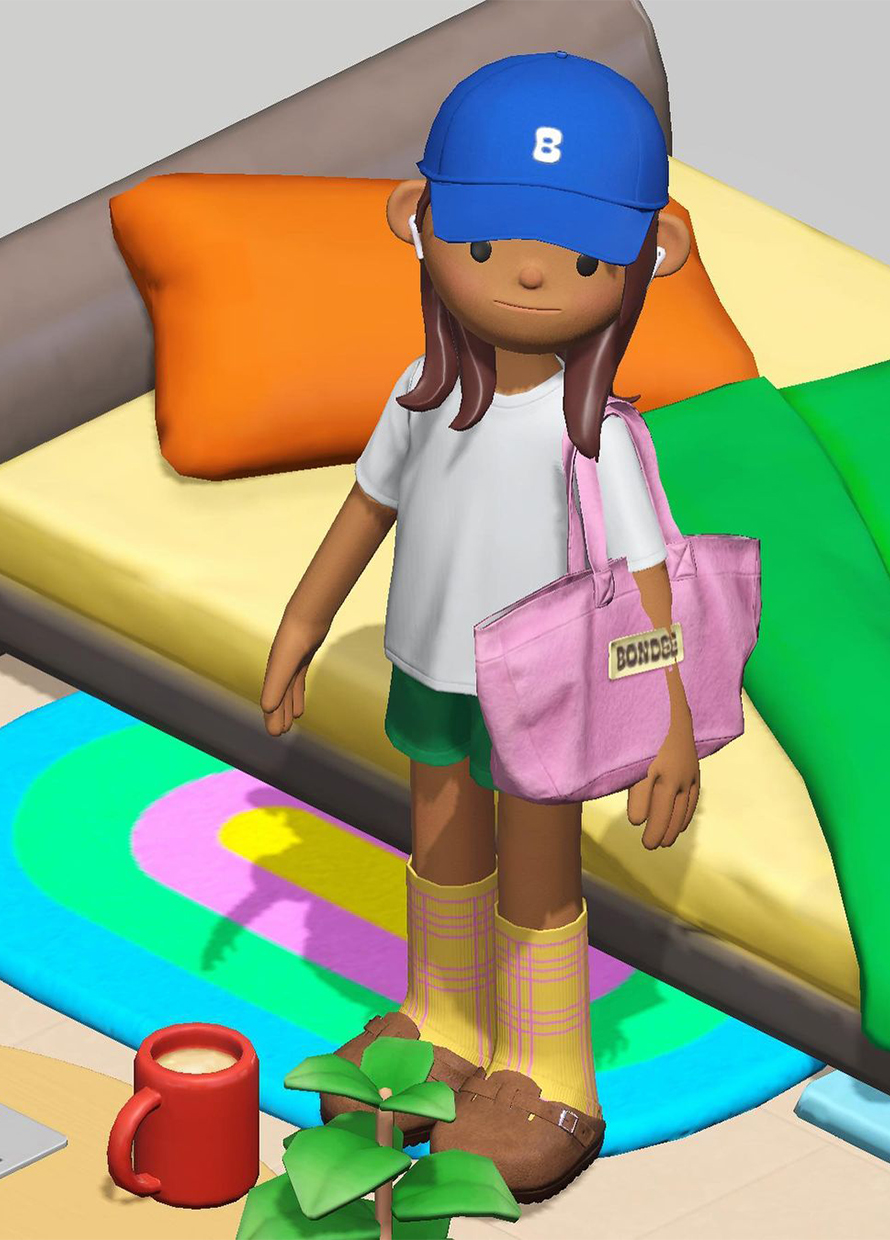What is ChatGPT? Here’s everything to know about the AI chatbot
The future of AI
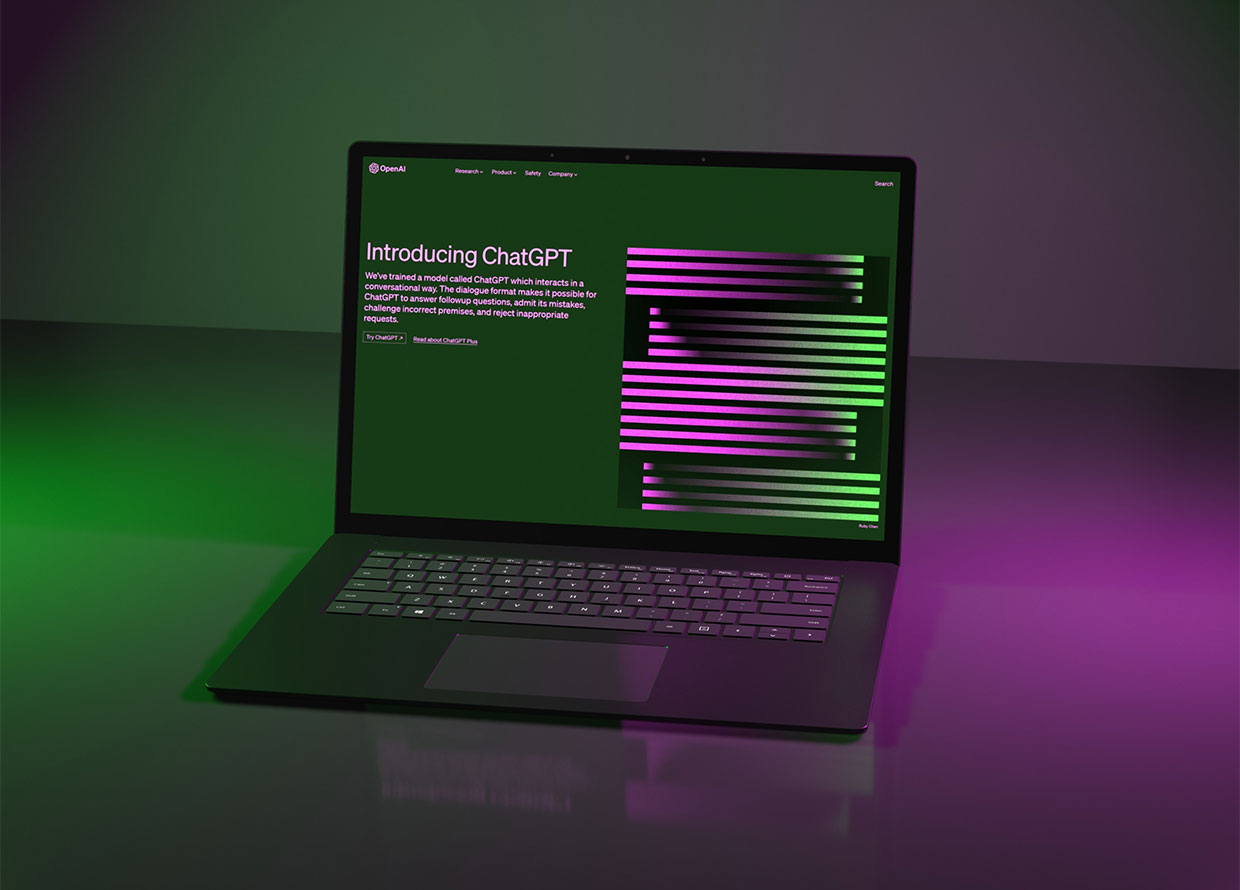
We’ve all heard about artificial intelligence (AI). In this day and age, the vast majority of people are somewhat aware of what it is and that it’s possibly set to change the trajectory of our lives moving forward. That said, how exactly will AI impact us? Will it liberate us from our routine responsibilities? And to what extent? Since the emergence of ChatGPT, we finally have more definitive answers to those pressing questions.
Educational institutions, corporate conference rooms, and social media have been abuzz with chatter on ChatGPT over the past couple of months. Those singing praises about it are claiming that the mind-blowing tool is powerfully streamlining diverse aspects of their jobs, whereas, on the other end of the spectrum, some naysayers are feeling the threat that ChatGPT may have on their job security.
To provide scale on just how influential the tool is, business magnate Elon Musk, who co-founded ChatGPT maker OpenAI prior to leaving the company, said: “ChatGPT is scary good. We are not far from dangerously strong AI.” In fact, in a recent conference, he also asserted that it is “one of the biggest risks to the future of civilisation” and that it comes with both “great promise” and “great danger”.
So, what is this novel ChatGPT all about and why does it matter? We’re about to break it down for you.
What is ChatGPT?
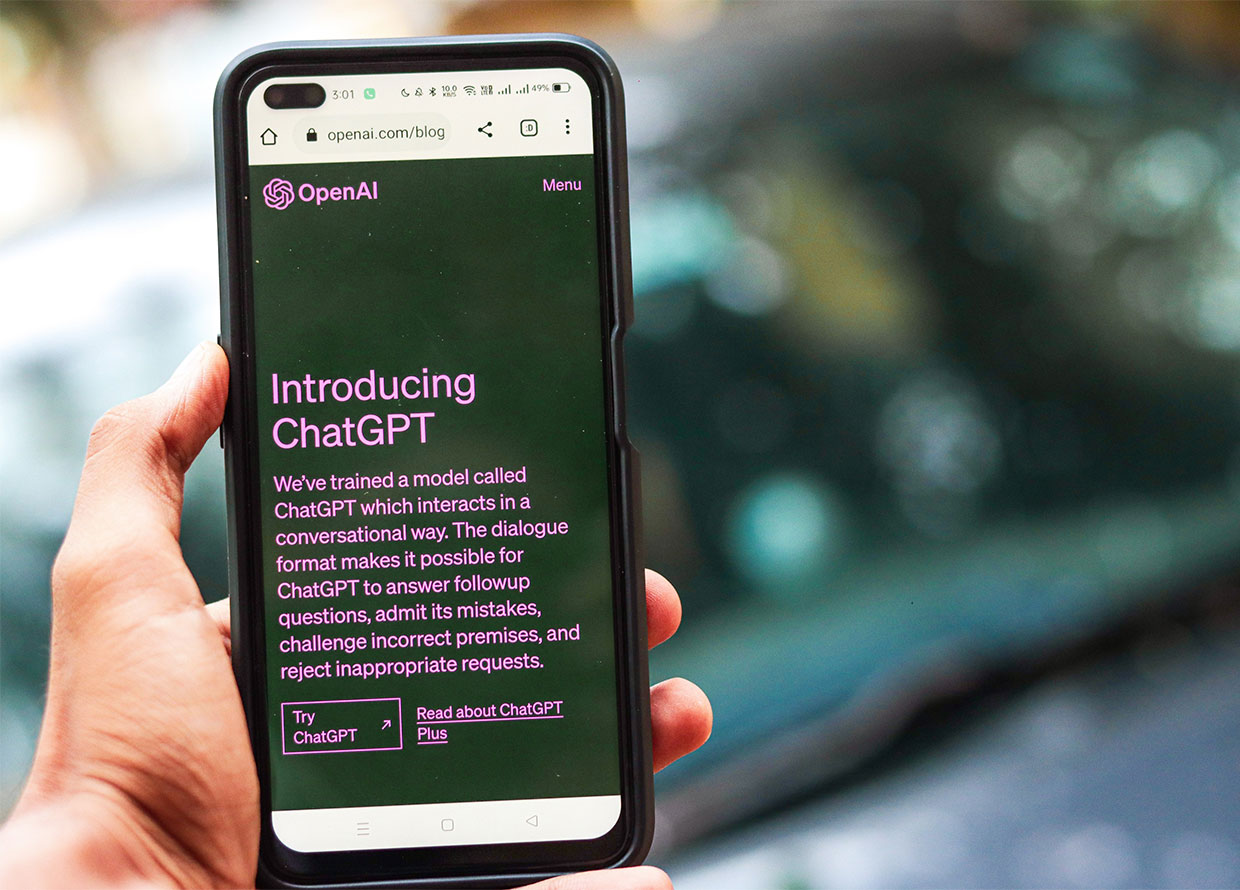
Even if you haven’t been remotely interested in AI, it’s time you start paying attention to ChatGPT. Put simply, the viral tool is an AI-powered chatbot that is free for the public to use, and functions on a basis of humanlike conversational dialogue. This means that it leverages on a natural language processing model to respond to questions and input provided by users with answers composed in the form of written text.
It really doesn’t matter what you type in; you’ll always receive an answer. For example, inputting “explain what the metaverse is” will produce some fairly detailed paragraphs that clarify the buzzword and what it’s all about. You can even take it a step further by adjusting your prompt accordingly to narrow down to get a more targeted answer, like this, “explain what the metaverse is in a simple way for teenagers”.
Once you get the drift, the possibilities of AI-generated content you can produce from ChatGPT are literally endless. We’re talking content outlines for articles, full-blown articles ready to be published on the internet, school essays, emails, social media posts, code, travel itineraries, scripts, business strategies, and more.
Where did ChatGPT originate from?
Launched in November 2022 as a prototype, ChatGPT is owned and developed by AI power player OpenAI, an AI research company headquartered in San Francisco, USA. It was founded in 2015 by a group of entrepreneurs and researchers the likes of Elon Musk, Sam Altman, Peter Thiel, Jessica Livingston, chief scientist Ilya Sutskever, and LinkedIn co-founder Reid Hoffman. It is also co-created by Dall-E, an AI text-to-art generator, and is currently backed by tech giant Microsoft, amongst others.
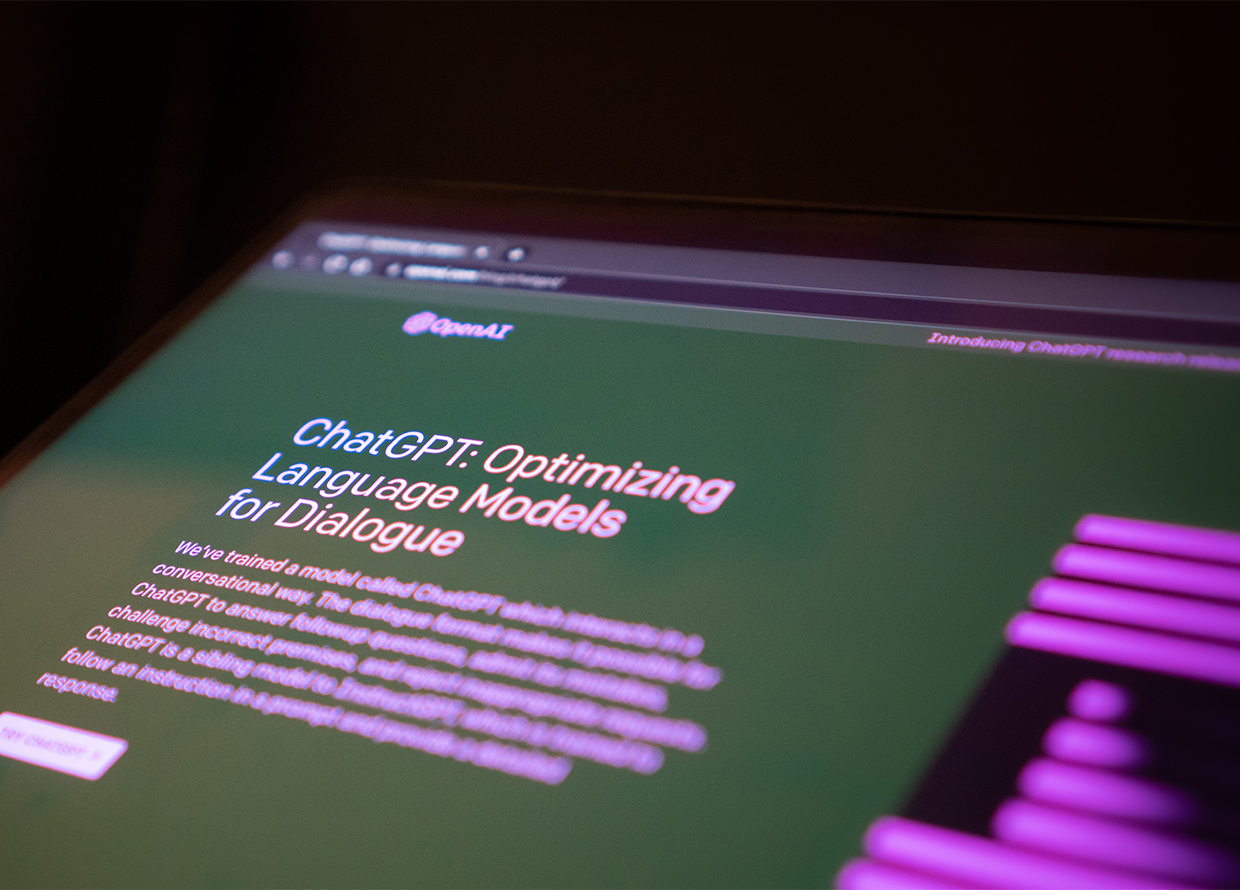
How does ChatGPT work?
If you were to ask ChatGPT directly in regards to this, this is its answer: “As a language model, ChatGPT has been trained on a massive corpus of text data, using unsupervised learning techniques, to predict the next word in a sentence given the previous words. This has enabled it to develop a deep understanding of the structure and nuances of human language”.
This aforementioned language model (LLM) is developed based on the GPT (Generative Pre-trained Transformer) architecture. ChatGPT, in particular, is grounded on the latest GPT-4, dubbed to be 10 times more superior in performance as compared to its predecessor GPT-3.5. This simply denotes that it better comprehends contexts and nuances, thus churning more precise and coherent responses.
That said, what makes it so revolutionary as compared to similar chatbots of the past is that it is trained with reinforcement learning from human feedback (RLHF). A field of machine learning, this algorithm makes use of the experience, wisdom and interactions of human AI trainers, coupled with a reward model, to take action. The more the algorithm takes action, the more it fine-tunes its actions to maximise its reward, thereby getting smarter each time.
As a result, ChatGPT is capable of challenging inaccurate assumptions, admitting faults, and answering follow-up questions in a way that ultimately gives you the answers you are seeking in a manner that is less robotic and more natural, akin to how a human being would respond.
Is ChatGPT really that great?
Before we proceed, we’d like to point out this humble revelation that the current CEO of OpenAI, Sam Altman, has made of his chatbot: “ChatGPT is incredibly limited, but good enough at some things to create a misleading impression of greatness. It’s a mistake to be relying on it for anything important right now. It’s a preview of progress; we have lots of work to do on robustness and truthfulness.”
Echoing Altman’s divulgence, ChatGPT does have its benefits to a certain extent, but is definitely not the be-all and end-all that could replace human beings.
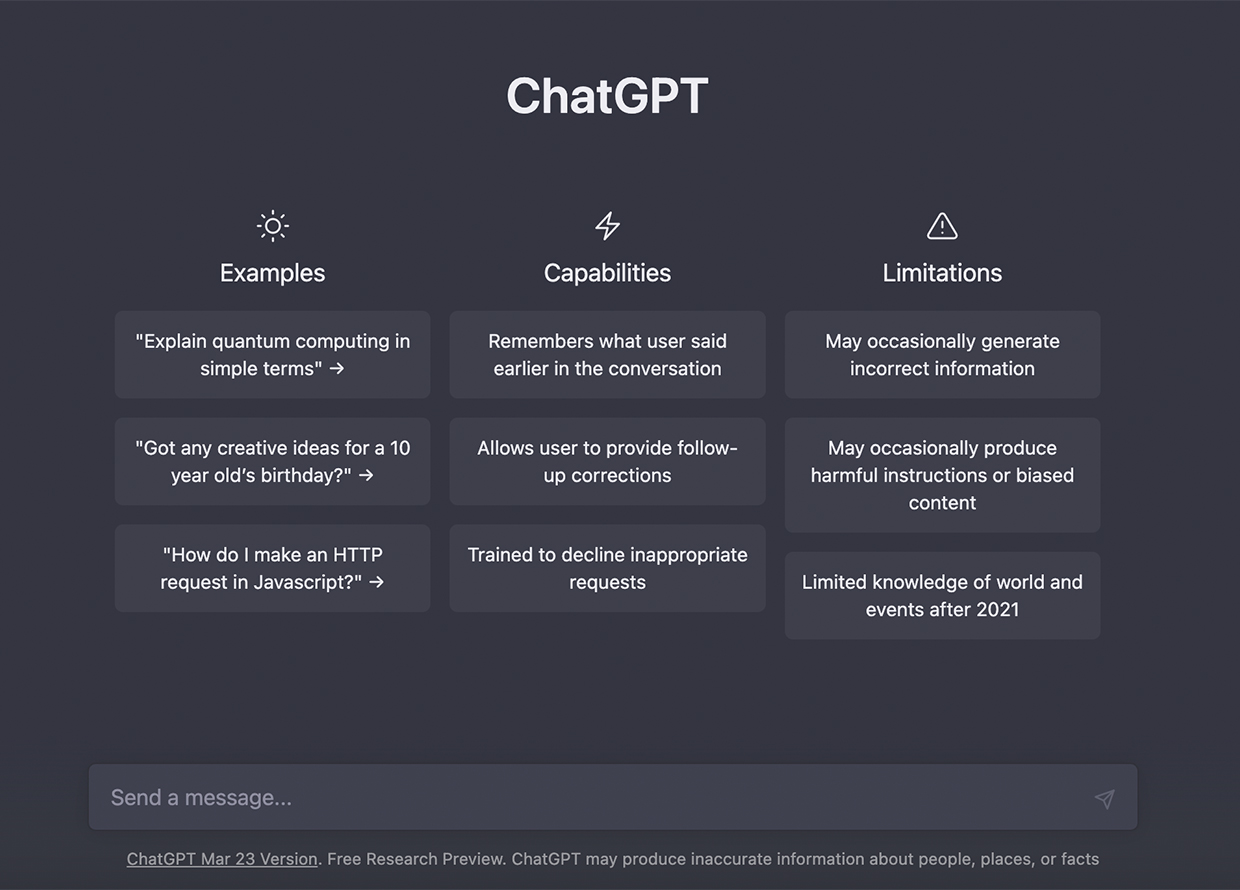
One obvious advantage would be its adaptability. ChatGPT users are finding more and more use cases for the technology as the days go by, regardless of purpose or industry. Amongst these include content creation, translation, educational syllabus, research assistance, SEO keyword research, customer service support, email crafting, and job interview question development. The list really goes on.
While we do concur that the chatbot effectively slashes the man hours required to do specific tasks, it does require high levels of discretion when it boils down to using the responses ChatGPT produces as is. Not only may biases be baked in unintentionally, there will always be a risk of plagiarism and outdated information, given that the sources of the chatbot’s responses are not disclosed.
On top of possible grammatical and syntax errors as well as knowledge limitations, the content produced by ChatGPT may also lack a proper tone of voice and a human touch that is required to connect to the target audience to make a desirable impact, supposing this content is used for marketing purposes to promote products and solutions. This is aside from the potential misuse of the chatbot by bad actors, such as hackers and propagators of misinformation.

There is no denying ChatGPT’s influence, and we understand why the world continues to be obsessed with the chatbot, which captured 1 million users in just a matter of days after its launch. However, users should definitely think twice when applying content produced by ChatGPT outright, and not rely wholly on its generated information.
We can only imagine that the technology will get increasingly more refined and intelligent as time goes by, but for now, vetting and fact-checking the veracity of the answers produced by ChatGPT seems very much necessary, subject to your particular use case, of course. Though it is imperfect, ChatGPT certainly reinforces the notion of how our tech future may look like, and what the future may bring.
For more information or to try ChatGPT for yourself, visit the website.
Find more stories on technology here.
| SHARE THE STORY | |
| Explore More |

